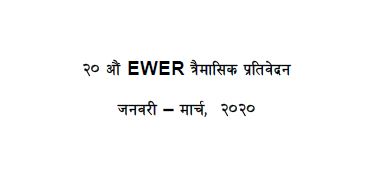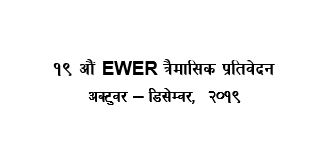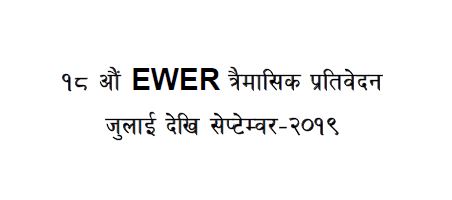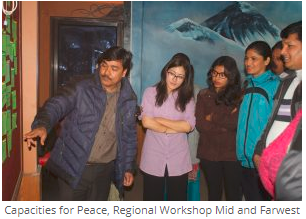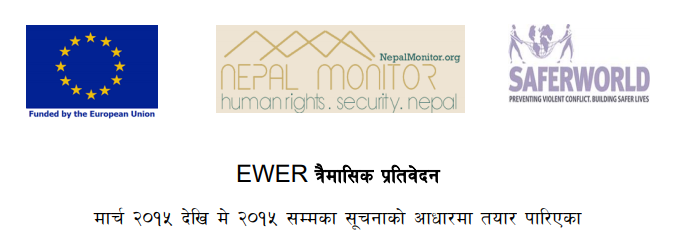Incident Reports
Conflict victims working on demand paper
2018-01-07
Nepal
With no significant progress on the part of two transitional justice mechanisms to provide justice and relief, conflict victims are gearing up to draft a demand paper for reparation, which is a part of transitional justice.
The Conflict Victims Common Platform (CVCP), an alliance of 13 organisations representing the victims of the decade-long Maoist insurgency that ended in 2006, with support from donor agencies, is finalising the paper defining criteria and schemes for reparation by categorising victims.
The paper will be presented to two transitional justice mechanisms and other government agencies seeking reparation for war-era crimes committed on the victims with an aim to provide some relief.
The Truth and Reconciliation Commission (TRC) and the Commission for Investigation of Enforced Disappeared Persons formed to provide justice to the victims have neither brought culprits to book nor have been able to suggest the modality of reparation. A committee led by Madhavi Bhatta, a TRC member, had recommended 18 types of reparation schemes but they are yet to be endorsed by the commission.
“Our demand paper will be finalised soon after incorporating suggestions from various stakeholders,” said Suman Adhikari, president of the CVCP, adding that they would submit the paper to the concerned government agency for reparation. So far the government has provided only cash relief to the victims.
In the draft paper, the CVCP has recommended several short-term and long-term reparation measures for the victims. It demands quota reservation for the victims in government jobs, public apology by the top political leadership, marking a “national sorrow day” and giving martyr status to those who lost their lives in the conflict.
Issuing identity cards to the conflict victims, short- and long-term livelihood programmes, rehabilitation of the displaced, employment for the victims, free education for the victims’ children, free health services, and skill and professional training are other recommendations. Ensuring security and protection of human rights; construction of parks and memorials in the name of victims, setting up museums and naming public infrastructure after victims are other demands.
The war-era victims of abduction, maiming, torture, rape and sexual violence, seizure of property, and forced eviction and displacement are eligible for the reparation schemes.
Conflict victims say the reparations should be based on the UN’s Basic Principles and Guidelines on the Right to a Remedy and Reparation for Victims adopted in 2005.
It says: “Reparation is intended to promote justice by redressing gross violations
of international human rights law or serious violations of international humanitarian law. Reparation should be proportional to the gravity of the violations and the harm suffered.”
National/Online Media
Related Reports
Transitional Justice / Conflict Victims / Kathmandu
Demonstration staged demanding to rectify TRC bill
August 04, 2023
Transitional Justice / Conflict Victims / Kathmandu
Conflict victims, police clash at New Baneshwar
April 18, 2023
Transitional Justice / Conflict Victims / Kathmandu
Police detain protesting armed conflict survivors in Kathmandu
April 18, 2023
Transitional Justice / Conflict Victims / Kaski
Conflict victims stage sit-in in Kaski demanding to make transitional justice bill victim friendly
March 31, 2023
Transitional Justice / Conflict Victims / Kathmandu
Conflict victims stage demonstration in Kathmandu demanding honorable justice
August 15, 2022
